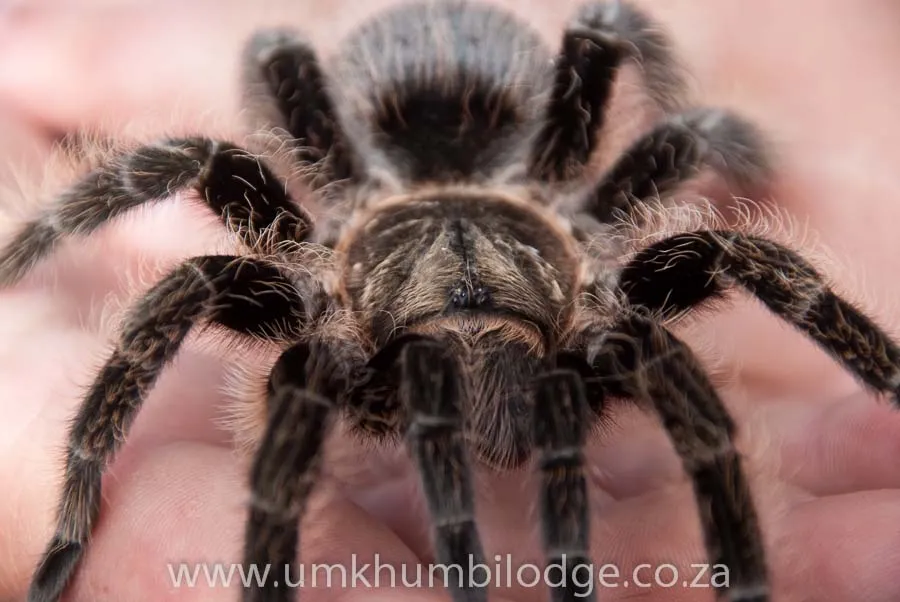Understanding the Curly Hair Tarantula
The Curly Hair Tarantula (Tliltocatl albopilosus), is a popular choice for beginner tarantula keepers due to its docile nature and relatively easy care requirements. Native to the rainforests of Central America, specifically Costa Rica, this terrestrial tarantula is known for its striking appearance and distinctive temperament. They are relatively slow-moving spiders, making them less likely to bolt or exhibit aggressive behavior, which contributes to their popularity among hobbyists. These spiders are a rewarding pet to own, offering a fascinating glimpse into the world of arachnids. Understanding their basic needs is the first step towards providing a healthy and enriching environment for your Curly Hair Tarantula.
Appearance and Characteristics
As the name suggests, the Curly Hair Tarantula is characterized by its dark brown to black body covered in long, curly hairs. These hairs, which give the spider its distinctive appearance, are actually urticating hairs used for defense. The spider flicks these hairs off its abdomen towards perceived threats. When young, the hairs are often a lighter, reddish-brown color, becoming darker as the tarantula matures. Adult females can reach a leg span of up to 6 inches, while males are typically slightly smaller. The overall look is quite appealing to many, with the contrast between the dark body and the lighter, curly hairs creating a visually interesting effect. Additionally, their slow movements and relatively calm disposition make them less intimidating than some other tarantula species.
Lifespan and Growth
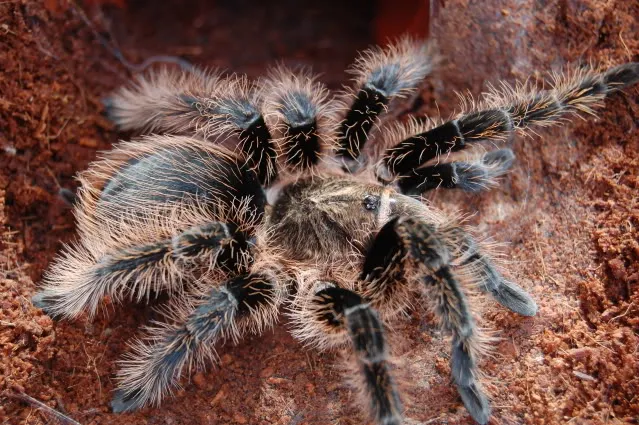
The lifespan of a Curly Hair Tarantula can vary depending on its sex. Female Curly Hair Tarantulas are known for their longevity, often living for 10 to 12 years or even longer with proper care. Males, on the other hand, have a much shorter lifespan, typically only living for 2 to 3 years after reaching maturity. Growth rates also differ between the sexes, with females generally growing larger and more slowly than males. Tarantulas grow by molting their exoskeletons, a process where they shed their old skin and reveal a new, larger one underneath. This molting process can occur several times a year when they are young, and less frequently as they get older. Providing a stable and suitable environment, including proper feeding and temperature, is crucial for healthy growth and longevity.
Habitat and Enclosure Setup
Creating a suitable habitat is essential for the well-being of your Curly Hair Tarantula. They are terrestrial spiders, meaning they spend most of their time on the ground. The enclosure should mimic their natural environment, providing a comfortable and safe space. The right enclosure size, substrate, decor, temperature, and humidity are all crucial components of a thriving habitat. A well-designed habitat not only ensures the spider’s physical health but also allows you to observe its natural behaviors. Investing time in setting up the enclosure properly will enhance the overall experience of keeping this fascinating species.
Ideal Enclosure Size
The appropriate enclosure size depends on the size of your tarantula. For a juvenile, a small enclosure such as a 5-gallon tank is suitable. As it grows, you’ll need to upgrade. A fully grown adult Curly Hair Tarantula requires an enclosure that is at least 10 to 20 gallons. The enclosure should be wider than it is tall, allowing for ample floor space, as they are not climbers. A general rule of thumb is that the enclosure should be about three times the spider’s leg span in width. Secure lids are crucial to prevent escapes, and ventilation holes are necessary to maintain air circulation while preventing excessive humidity build-up. Proper enclosure size reduces stress and allows the tarantula to behave naturally.
Substrate and Decor
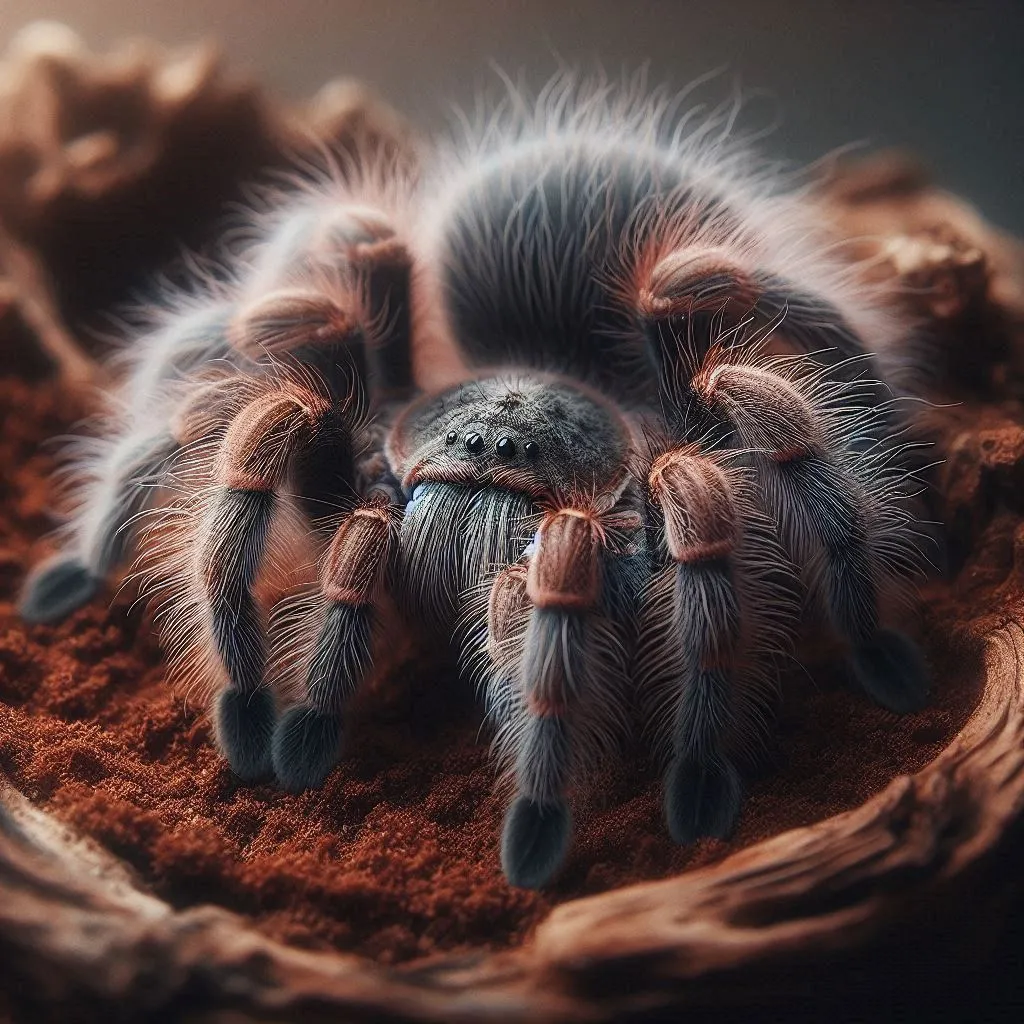
The substrate is the bedding material that covers the bottom of the enclosure and should be several inches deep to allow the tarantula to burrow if it chooses. A mix of coconut fiber and peat moss is ideal because it holds moisture well and allows for burrowing. Avoid substrates like gravel or sand, which can be harmful to the tarantula. Decorating the enclosure provides enrichment and hiding places. Include a hide, such as a cork bark, half log, or a commercially available tarantula hide. Provide a shallow water dish, ensuring the water is always clean and readily available. Artificial plants can also be added for decoration, but ensure they are secure and non-toxic. Good substrate and décor contribute to a healthy and stimulating environment, which also helps the tarantula to feel secure and less stressed.
Temperature and Humidity
Maintaining the correct temperature and humidity levels is critical for your Curly Hair Tarantula’s health. The ideal temperature range is between 75°F and 80°F (24°C - 27°C). You can use a heat lamp or a heat mat placed on the side of the enclosure to maintain this temperature. Avoid placing the heat source directly under the enclosure, as this can overheat the substrate. The humidity level should be kept at around 65-75%. You can measure humidity with a hygrometer. To maintain humidity, mist the enclosure lightly with water every few days, and ensure there is a shallow water dish available at all times. Consistent and proper temperature and humidity will help the tarantula molt successfully and prevent dehydration.
Feeding and Diet
Feeding your Curly Hair Tarantula a proper diet is essential for its growth, health, and longevity. Tarantulas are carnivorous and primarily feed on insects. The type, size, and frequency of feedings depend on the tarantula’s age and size. Offering a varied diet helps ensure your tarantula receives all the necessary nutrients. A healthy feeding routine contributes significantly to the overall well-being and vitality of your pet. Regular feeding allows you to observe your tarantula’s behavior, which can signal any health issues. Overfeeding should be avoided, as it can lead to health problems, but underfeeding can lead to stunted growth and poor health. Careful monitoring of its appetite is key.
What to Feed Your Tarantula
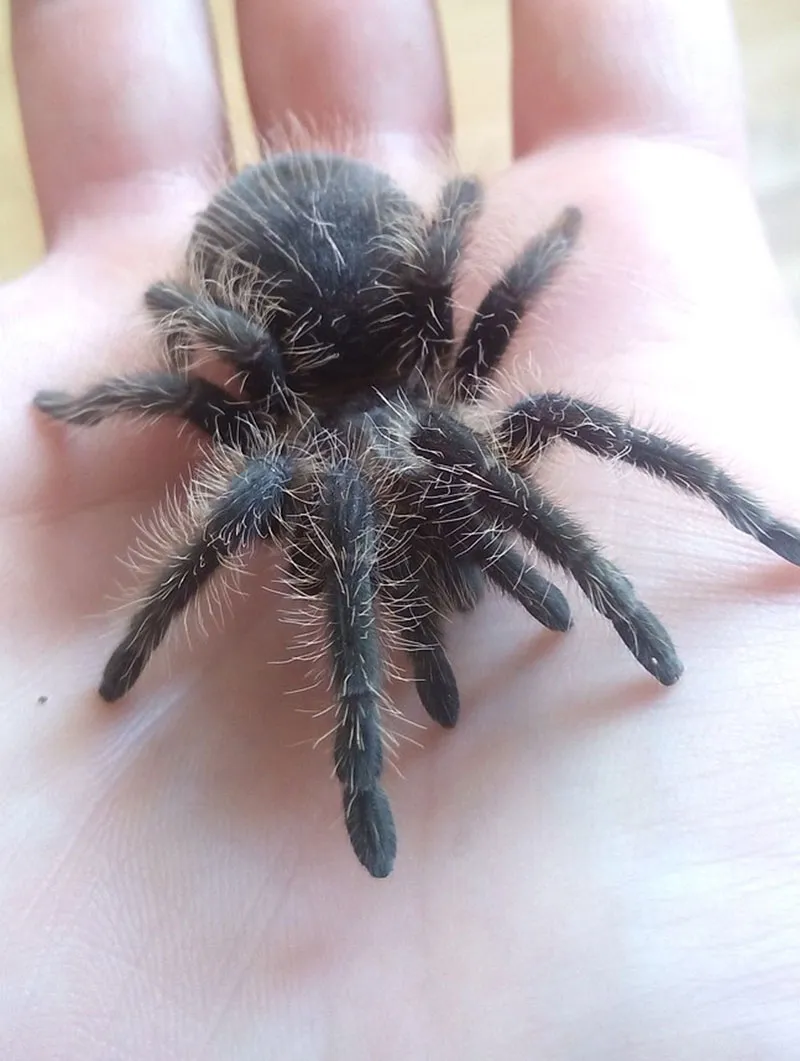
The main food source for Curly Hair Tarantulas should be insects. Suitable feeder insects include crickets, mealworms, dubia roaches, and superworms. The size of the insects should be appropriate for the size of your tarantula; the prey should generally be no larger than the tarantula’s body. Avoid feeding insects that are too large, as they can injure the tarantula. It is recommended to gut-load the insects before feeding them to your tarantula. This means feeding the insects nutritious food, such as fruits, vegetables, and commercial insect food, to provide your tarantula with more essential nutrients. Always remove any uneaten prey within 24 hours to prevent stress and potential injury to the tarantula.
Feeding Frequency
The feeding frequency should be adjusted based on the tarantula’s age and size. Spiderlings and juveniles need to be fed more often than adults. Spiderlings should be fed 2–3 times a week, while juveniles can be fed once a week. Adult Curly Hair Tarantulas should be fed every 1–2 weeks. Observe the tarantula’s abdomen; if it appears plump, the tarantula is well-fed. If the tarantula refuses food, it may be molting or nearing a molt. It’s normal for tarantulas to go without food for several weeks before molting. Always provide fresh water in a shallow dish to ensure hydration, especially during molting. Adjust the feeding schedule based on the tarantula’s overall health and activity levels.
Molting and Behavior
Molting is a crucial process for tarantulas, as it is how they grow and replace their exoskeleton. During this process, the tarantula sheds its old skin and reveals a new, larger one. Understanding the molting process and knowing what to expect will help you care for your Curly Hair Tarantula effectively. Besides molting, the tarantula’s behavior can provide insights into its health and well-being. Knowing the signs and recognizing any changes in behavior will allow you to address any issues. Proper care during and after molting is vital to the tarantula’s survival and long-term health.
Signs of Molting
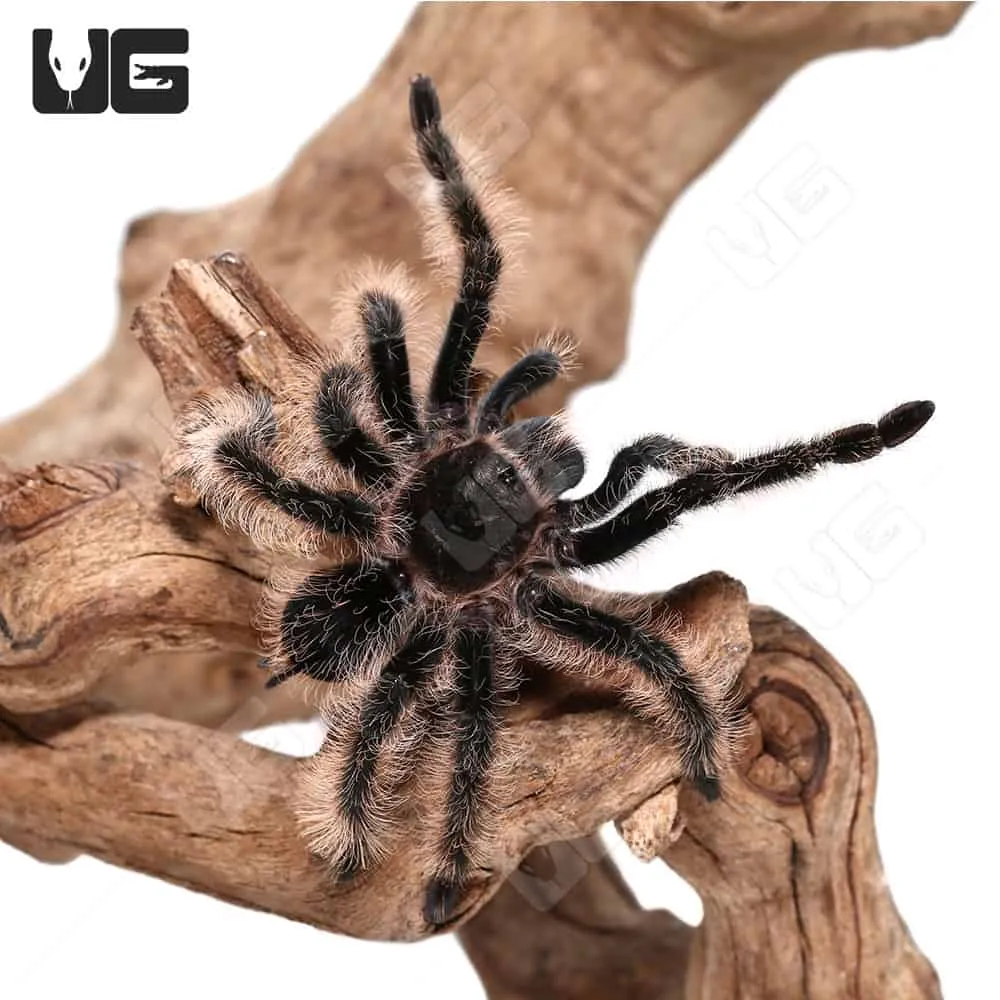
Several signs can indicate that your Curly Hair Tarantula is preparing to molt. The tarantula may stop eating a few weeks before molting. Its abdomen may appear darker and larger. The spider may become less active and start to seal itself off in its burrow. The old exoskeleton may start to appear dull or faded. In some cases, you might notice the tarantula lying on its back. Avoid disturbing the tarantula during the molting process; ensure that the enclosure is safe and secure. Providing a stress-free environment is important for successful molting. Avoid offering food and ensure that temperature and humidity are appropriate during this period.
Post-Molting Care
After molting, the tarantula will be vulnerable and require special care. The new exoskeleton is soft and will need time to harden. Do not offer food for at least a week after molting, giving the tarantula time to recover and allowing the exoskeleton to harden completely. Ensure that water is available at all times. The colors of your tarantula may appear brighter and more vibrant after molting. It’s important to maintain the appropriate temperature and humidity levels to facilitate the hardening process. Carefully monitor the tarantula during the post-molt period and ensure it is not injured. Once the exoskeleton has hardened, you can resume your regular feeding schedule.
Handling and Safety
While Curly Hair Tarantulas are known for their docile nature, it is important to handle them with care and caution. Tarantulas are not like other pets, and even the most docile ones can react defensively if they feel threatened. Handling a tarantula should be done with a clear understanding of the potential risks and by following safe practices. Always prioritize the tarantula’s well-being and safety. Handling should be minimized unless necessary, such as for enclosure maintenance. Understanding these precautions will help you to enjoy and care for your Curly Hair Tarantula responsibly.
Safe Handling Practices
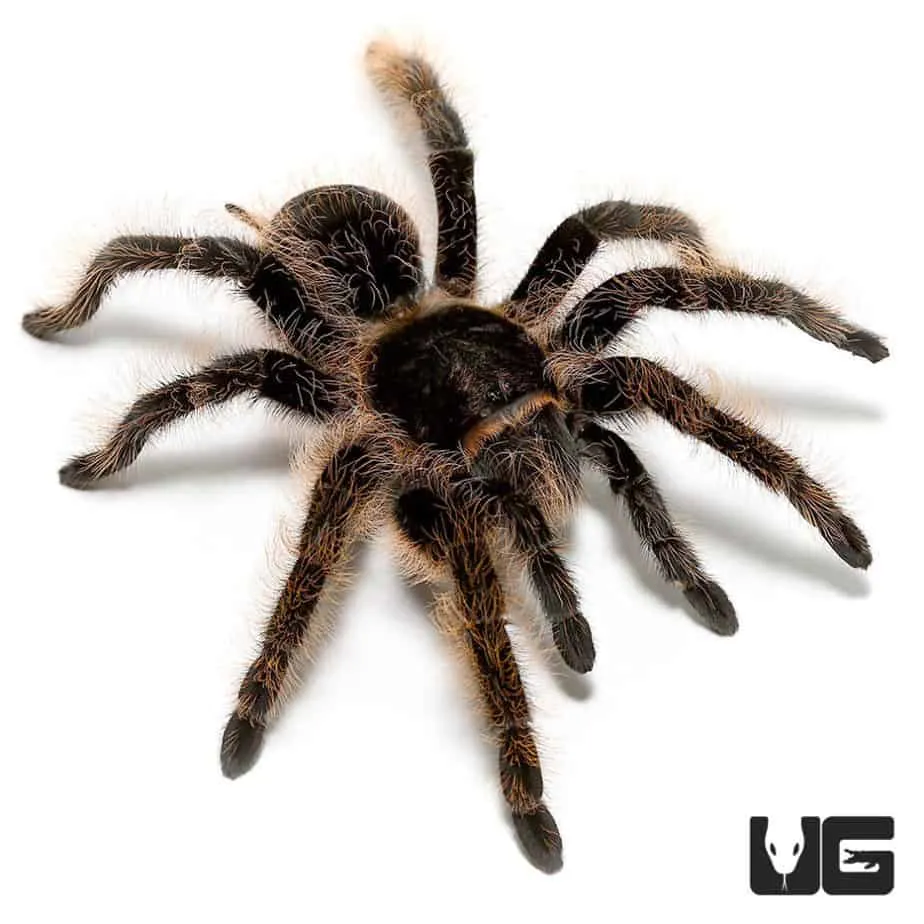
If you choose to handle your Curly Hair Tarantula, do so with extreme care. Handle them close to the ground to prevent injury in case of a fall. Always wash your hands before and after handling, and avoid using scented soaps or lotions, as these can irritate the tarantula. Move slowly and deliberately to avoid startling the spider. Never squeeze or grab the tarantula. If the tarantula is agitated or defensive, do not attempt to handle it; it might flick urticating hairs or try to bite. A gentle approach and patience are key. Handle them only when necessary, and always ensure your safety as well as the safety of your tarantula. Remember that tarantulas are not cuddly pets and should be treated with respect.
Venom and Bites
Curly Hair Tarantulas are venomous, but their venom is generally considered to be of low potency to humans. A bite from a Curly Hair Tarantula is rare, but it can cause localized pain, muscle cramps, and swelling, similar to a bee sting. If bitten, clean the bite area with soap and water and monitor for any signs of allergic reaction. Avoid squeezing or disturbing the bite. In addition to bites, Curly Hair Tarantulas can flick urticating hairs from their abdomen. These hairs can cause skin irritation and itching if they come into contact with your skin or eyes. Avoid touching the tarantula’s abdomen and take precautions to minimize the risk of contact. If you experience irritation, wash the affected area thoroughly and seek medical attention if symptoms persist. Overall, while the risks associated with keeping a Curly Hair Tarantula are relatively low, it is crucial to understand the potential hazards and take appropriate safety measures.
